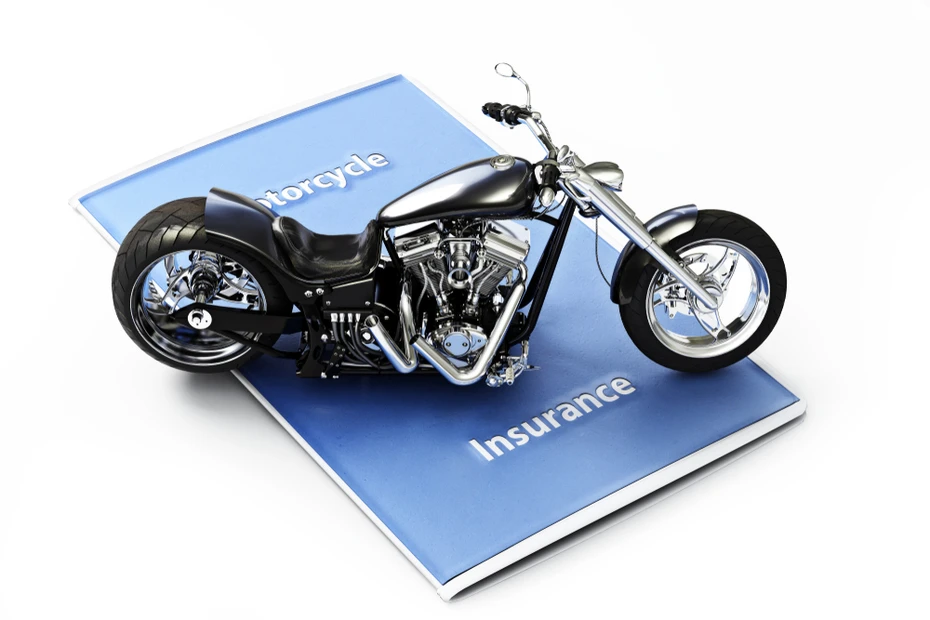High-Octane Petrol: Does Your Bike Need It?
High-Octane Petrol: Does Your Bike Need It?
Bike performance quality and operational efficiency, and vehicle lifetime primarily stem from the fuel quality. The fuel market presents consumers with high-octane petrol as a top-rated product that enhances engine performance. Riders find it unclear whether their motorcycles need the addition of high-octane petrol. This study investigates high-octane petrol fundamentals alongside its effects on motor engines together with appropriate usage scenarios.

Key Highlights
-
High-octane petrol prevents knocking in high-compression motorcycle engines.
-
Most commuter bikes don’t need premium fuel for daily use.
-
Always follow your bike manufacturer’s fuel recommendations.
-
High-octane fuel suits modified or performance motorcycles best.
-
Premium petrol offers no mileage boost for regular engines.
What is High-Octane Petrol?
You might have heard the term high-octane petrol at fuel stations or from car or bike enthusiasts. But what does it really mean? Simply put, it’s a type of petrol with a higher octane rating, and that rating tells us how well the fuel can handle pressure inside your engine without causing a problem called knocking.
Why It Matters:
-
Engines that are built to deliver more power (like turbocharged ones) often need high-octane fuel to run smoothly.
-
High-octane fuel is less likely to ignite too early, which keeps your engine running more efficiently.
-
It’s more refined and may have extra additives, so you’ll usually pay more than you would for regular petrol.
-
Unless your car manual specifically recommends it, you’re usually fine with standard petrol.
What is Octane Rating?
Fuel octane rating measures how well the substance withstands knocking before engine ignition happens. If the spark plug fails to activate while the air-fuel mixture detonates, then engine damage may occur due to inefficient combustion. The detonation resistance of higher octane gasoline exceeds that of lower octane gas; therefore, it is vital for vehicles with high compression ratio engines.
How is Octane Rating Measured?
The evaluation of octane ratings happens through two main techniques, which are Research Octane Number (RON) and Motor Octane Number (MON). All stations in most countries show their fuel ratings through the RON measurement method. The octane value improvement in gasoline produces enhanced hard knock resistance together with improved engine smoothness during high-performance operations.
Octane Ratings in India: Regular vs. Premium Petrol
The octane rating of standard Indian petrol stands at 91 RON, making it appropriate for most motorcycles used by commuters. The octane rating of premium fuel is typically 95 RON and above. Indian Oil’s XP95 and Shell V-Power provide XP95 performance-enhancing fuel solutions for sports motorcycles and performance-oriented bikes.
How High Octane Petrol Affects Engine Performance
-
Combustion Process in Motorcycle Engines
Motorcycle engine combustion starts when spark plugs ignite carefully mixed air and fuel while the assembly compresses them. The efficiency level of this procedure determines power distribution, and it affects both fuel economy and engine stability. Motorcycles operated using high-octane petrol have better-controlled burning that blocks knocking occurrences during operation.
-
The Role of Octane in Preventing Engine Knocking
Engine knocking produces severe consequences because it gradually damages mechanical components inside the engine. High-octane fuel protects the engine from early fuel mixture ignition, thus delivering uninterrupted power output. The feature offers superior advantages for bikes using high compression ratios under tough operating environments.
When Should You Use High-Octane Petrol in Your Bike?
-
Manufacturer Recommendations and Specifications
Motorcycle manufacturers indicate the right fuel type through specifications in the owner’s manual. Going from 91 RON fuel to 95 RON fuel does not deliver noteworthy performance advantages when using a bike that requires 91 RON as its standard. Using fuel with a lower octane rating when high-octane fuel is recommended by manufacturers can introduce performance problems to the engine.
-
High-Performance and High-Compression Engines
The power output of KTM Duke 390 and Yamaha R1, and Kawasaki Ninja 650 benefits considerably when fueled with high-octane petrol because of their high-compression engine design. Such engines need fuel resistant to high pressure so they can deliver their maximum performance and power output.
-
Impact of Modifications and Aftermarket Enhancements
Any modifications to the bike made through performance exhaust systems or ECU remapping or turbocharger installation can raise the fuel requirements. When using such engines, high-octane petrol becomes mandatory; it prevents knocking, which results in better power delivery.
-
Riding Conditions in India: Urban vs. Highway Considerations
Using high-octane petrol proves advantageous mainly when you drive at high speeds throughout highways, together with hilly areas, because it enables better engine efficiency and performance.
Myths and Misconceptions About High Octane Petrol
-
High Octane Petrol and Fuel Efficiency
Vehicle operators commonly think that premium fuel improves gas economy. The octane rating of the fuel matters less than how the engine performs alongside rider behavior in determining the overall efficiency of the vehicle. Higher efficiency only affects specific high-performance engines among commuter bikes, which remain unchanged.
-
Cost-Benefit Analysis for Daily Commuters
Regular petrol costs less than the premium fuel type. Higher octane fuel prices do not deliver enhanced performance on bicycles, which do not require such fuel. Average drivers should hesitate to pay the extra cost.
-
Environmental Impact: Emissions and Sustainability
The emissions from high octane fuel remain eco-friendly, but their total emission impact relies heavily on engine calibration and environmental conditions when riding. Indian fuel consumers need to learn about ethanol-blended fuel effects on octane ratings due to their increasing adoption in Indian markets.
Motorcycles with high-compression engines, along with vehicles having performance upgrades or meeting manufacturer requirements, need high-octane petrol as their fuel. Standard commuter bikes experience such minimal advantages from ethanol-blended fuel that they should operate on regular petroleum due to its lower cost.
Your selection of fuel and optimal use conditions depends on understanding both engine requirements and your riding situation to achieve the best engine performance with extended life.














































